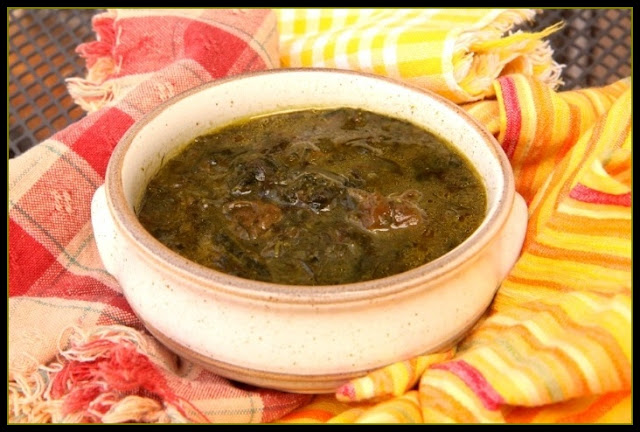Have You Tried Salsify Buds?
The story of how I came to eat salsify (Tragopogon spp.) buds is nearly identical to that of how I learned to eat burdock stalks. Like burdock, salsify is a plant best known for having an edible root. For years, I extracted spindly little salsify roots from our hard clay soil and was reluctant to admit that I didn't much enjoy them. It wasn't until rereading Sam Thayer's Nature's Garden that it clicked that all parts of salsify are edible so long as they are tender, and that the flower buds offer a nice bite of food that is no trouble to harvest.
How to Identify and Harvest Salsify Buds
Salsify root is best picked early in the year, while all of the plant's energy is still stored in the root. However, for the novice, identifying the new spring growth of salsify can be a difficult task as it looks much like tufts of grass. (If you can identify them, take advantage of early growth). On the other hand, salsify buds are picked when the plant is showing its easily recognized yellow (or sometimes purple) flowers and/or globe-like seed heads that call to mind giant dandelions. Another identifying characteristic of salsify is its latex, which appears white like school glue, and can leave a brown stain on your hands.
 |
| Full of seeds, too late to eat. |
Secondly, select tender salsify buds. As with most things, I use my thumbnail to test for tenderness. If I can easily pinch off the bud with my thumbnail, I know it will be tender enough to eat. If my nail meets resistance when I try to pop off the bud, it's best left behind.
Finally, make certain your salsify buds haven't been bugged out. Around here, salsify buds can be infested with a small black bug, and those are ones I choose not to eat. I tried to on one occasion, but soaking them in vinegar water and cleaning them of bugs was more work than it was worth.
Aside from ease of harvest, one of the other great advantages of salsify buds is that they can be found later into the growing season than one might expect. If you discover a big patch of salsify, it never hurts to look lower down on the plant for newly emerging buds. Even now, at the end of July, I can still get at least a handful every time I go out. Wild Food Girl reports salsify buds are prime in the mountains at the moment, though you may face competition for them from deer.
To harvest salsify buds, simply cut the entire bud, along with its accompanying leaves and peduncle from the main plant stem. All of these parts are edible. From the outside, I think salsify buds resemble tiny ears of corn.
Cooking with Salsify Buds
Salsify buds need only a brief boiling of 2-5 minutes in water before they are cooked-through and ready to be used in any number of ways. Their mild faintly sweet green flavor makes them a natural in just about anything you'd want to cook. I'm particularly fond of eating them simply as a side dish, or tucked into an omelet.


